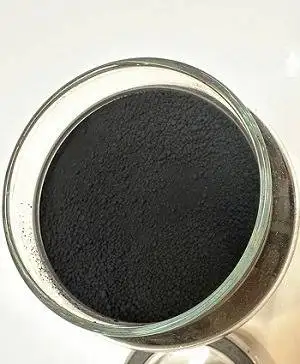Difference between carbon black and activated carbon
The difference between carbon black and activated carbon both are important materials as adsorbing agents. The activated carbon is high technology material which is using in military sector and precision tools.
They have a high surface area compared to their volume, which allows the substance to absorb as much as it can. And call them paracrystalline carbon compounds.
The most important difference between those is that the surface-area-to-volume ratio of carbon black is lower than that of charcoal activated.Carbon black is an adsorbing agent that forms from the incomplete combustion of heavy petroleum products. and c charcoal coal is an adsorbing agent that is derived from charcoal.
What is activated carbon?
Activated carbon also called charcoal-activated coal, is a very useful adsorbent. Due to their high surface area, and high degree of surface reactivity.
The base materials are coconut shell, coal, or wood, each base material may offer a slightly different product, but it will generally function identically in different applications. It’s a very economical solution for different industries because its easy to source.
Moreover, they are economical adsorbents for many industries such as water purification, food-grade products, industrial gas purification, and petroleum.
Charcoal activated coal usage areas
It has a wide range of applications such as food, pharmacy, chemistry, petroleum, mining, nuclear, automobile, waste gas and cleaning of water.
Most of the surface area, high surface reactivity, fit pore distribution, and mechanical durability are the properties sought in it.
Types of activated carbon:
- Granulated
- Pelletized
- Powdered
- Impregnated
- Catalytic
Compared between black and activated carbon
| Activated carbon | Carbon black | |
| NP recursors | Coal_ asphalt and biomass | Petroleum , coal tar and asphalt, |
| Carbon content | 80-90% | >95% |
| Structural features | Amorphous carbon and highly porous | Microcrystall or amorphous carbon particles |
| Preparation method | High_ temperature carbonization (700-1000c)with physical or chemical treatments | Combustion process with little or without air |
